Feeling brave enough to tackle a musical challenge? Certain instruments have a reputation for being tough to master, often putting even experienced musicians to the test.
But what is the hardest instrument to play?
From the French horn to the violin to the pipe organ, these instruments require a high level of skill and dedication to master.

But have you ever heard of the theremin or the nyckelharpa? These unique instruments are equally challenging in their own way.
Join us as we explore the hardest instruments and what makes them so difficult to play!
Understanding Musical Instruments
There are many different types when it comes to playing a musical instrument. Each instrument has its unique set of challenges and requires a certain skill level to master.
In this section, we’ll explore the different categories of difficult musical instruments, and what makes them challenging to play.
String Instruments
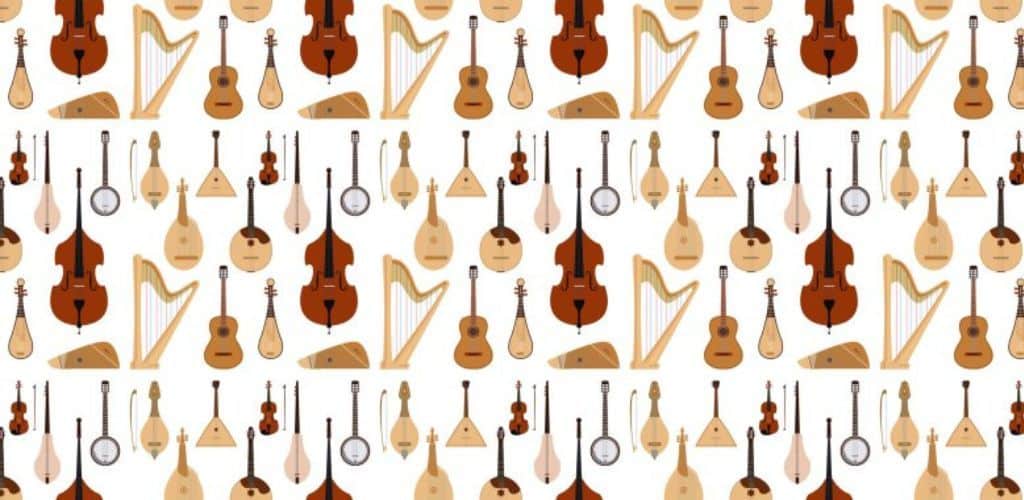
String instruments are some of the most popular instruments in the world.
These instruments include the violin, cello, guitar, and bass.
String instruments are challenging to play because they require high precision and control. Playing a string instrument involves using your fingers to press down on the strings, which can be difficult to do accurately.
Woodwind Instruments
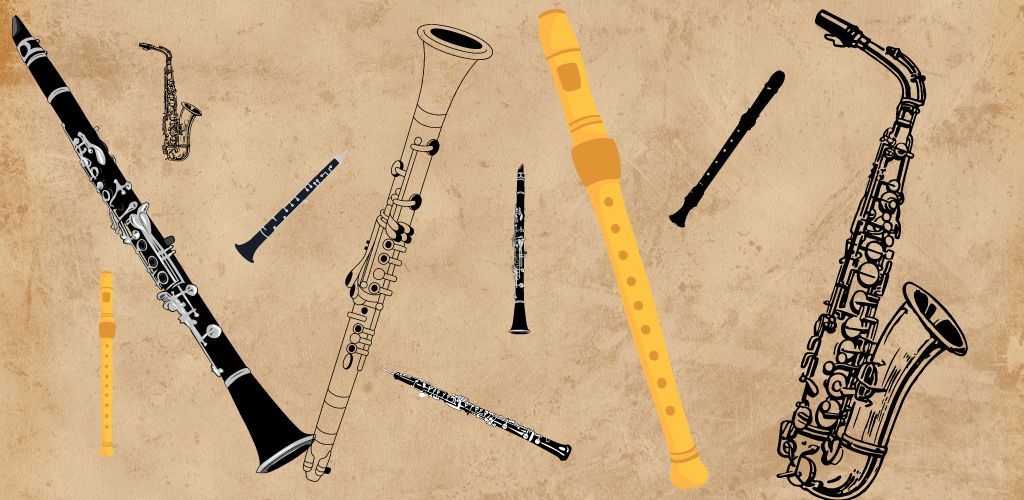
Woodwind instruments are another popular category of instruments. These instruments include the flute, clarinet, saxophone, and oboe.
Woodwind instruments are challenging to play because they require a lot of breath control. Playing a woodwind instrument involves blowing air through a small opening and using your fingers to change the pitch.
Brass Instruments
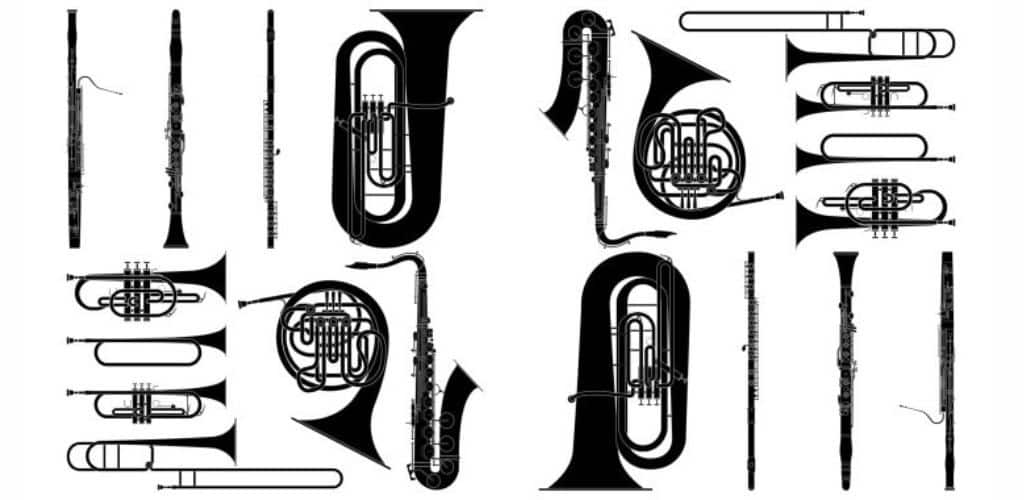
Brass instruments are known for their powerful sound and are often used in orchestras and marching bands. These instruments include the french horn, trumpet, trombone, and tuba.
Brass instruments are challenging to play because they require a lot of breath control and strong facial muscles.
Playing a brass instrument involves buzzing your lips into a mouthpiece to create sound.
Percussion Instruments
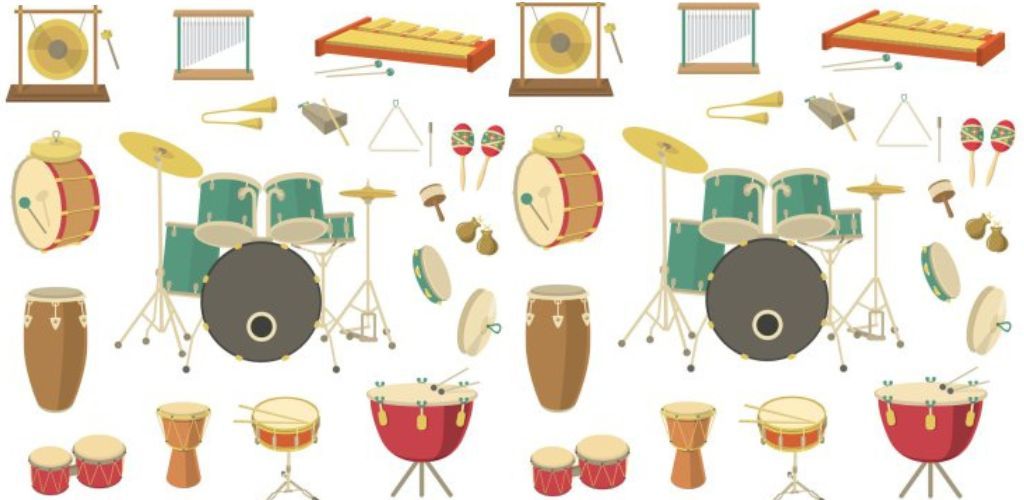
Percussion instruments are unique in that they don’t produce a specific pitch.
These instruments include the drums, xylophone, and maracas.
Percussion instruments are challenging to play because they require a lot of coordination and rhythm. Playing a percussion instrument involves using your hands or sticks to hit or strike the instrument.
Technical Challenges
Playing a musical instrument is not an easy feat. It requires a lot of time, effort, and practice.
Each instrument has its own technical challenges that must be overcome to produce a well-rounded sound.
Let’s explore some of the technical challenges of playing the hardest instruments.
Fingering and Positioning
One of the most significant technical challenges when playing an instrument is fingering and positioning.
Correct finger placement and precision are crucial to producing the right notes. Muscle memory plays a significant role in this; developing requires time and practice.
For example, the fingerboard of a stringed instrument can be challenging to navigate, and the correct pressure must be applied to produce the desired sound.
Breathing and Embouchure
Breathing and embouchure are crucial when playing wind instruments.
The correct breathing technique and breath control are essential to producing a sustained and well-rounded sound.
Embouchure, or the position of the lips and mouth, can also be challenging to master. The reed of a woodwind instrument must be correctly placed and maintained to produce the right sound.
Coordination and Timing
Coordination and timing are essential when playing any instrument.
Multitasking between different elements of playing an instrument can be challenging, and it takes time and practice to develop the necessary coordination.
A stringed instrument’s bow length and pressure must be correctly maintained to produce the right tone. The timing of notes and vibrato can also be challenging to master.
Tone and Articulation
The tone and articulation of an instrument are critical to producing a well-rounded sound. For example, a piano’s sustain pedal must be used correctly to produce the desired effect.
Articulation, or how notes are played, can also be challenging to master.
High partial and well-rounded sounds are essential when playing brass instruments, and the correct pressure and breath control must be maintained.
Hardest Instruments to Play
If you’re looking for a challenge, learning to play a musical instrument can be a great way to push yourself.
However, some instruments are notoriously difficult to master. Here are some of the hardest instruments to play and some tips on tackling them.
French Horn
The French horn is widely considered to be the most challenging brass instrument to play.
It requires a great deal of breath control and precise control of the embouchure (the way the mouth is shaped to produce sound). It also has a wide range, which can make it difficult to play in tune.
If you’re interested in playing the French horn, finding a good teacher who can help you develop good habits from the beginning is important.
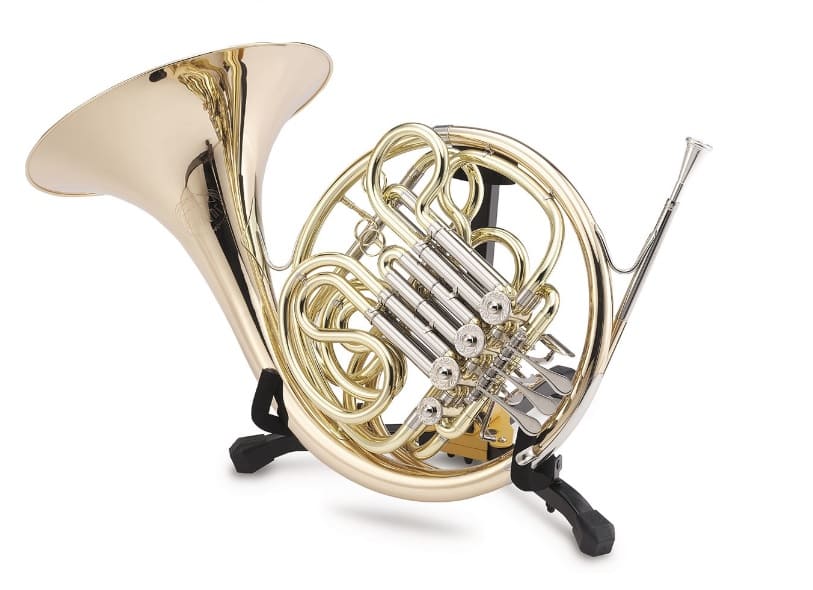
C.G. Conn 8D Constellation Professional Double French Horn
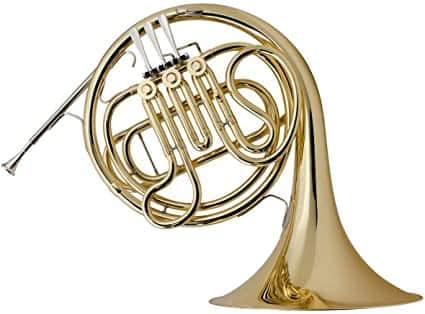
- High-quality nickel-silver valve section and lead pipe.
-The Kruspe wrap produces a rich, resonant sound with a strong and consistent tonal core.
- Finger hook can be adjusted to enhance playing comfort.
- Relatively high cost.
When you click ‘Check Price’, you’ll see there are loads of great places to buy this item. Our personal favorite is Sweetwater for the US, and Thomann and Gear4Music for the UK & Europe.
They are the largest music retailers, with excellent customer service, competitive prices, really fast shipping, and the longest guarantees.
The professional musician who wrote this article combined many things,
from the product build, manufacturer’s reputation through to feedback
from other users, to create our famous TedScore™.
Violin
The violin is often cited as one of the most challenging instruments to learn and play.
It requires a great deal of practice to develop the right technique, especially when it comes to bowing.
It also requires a good ear for pitch and intonation and a strong sense of rhythm.
If you’re interested in playing the violin, be prepared to put in much time and effort.
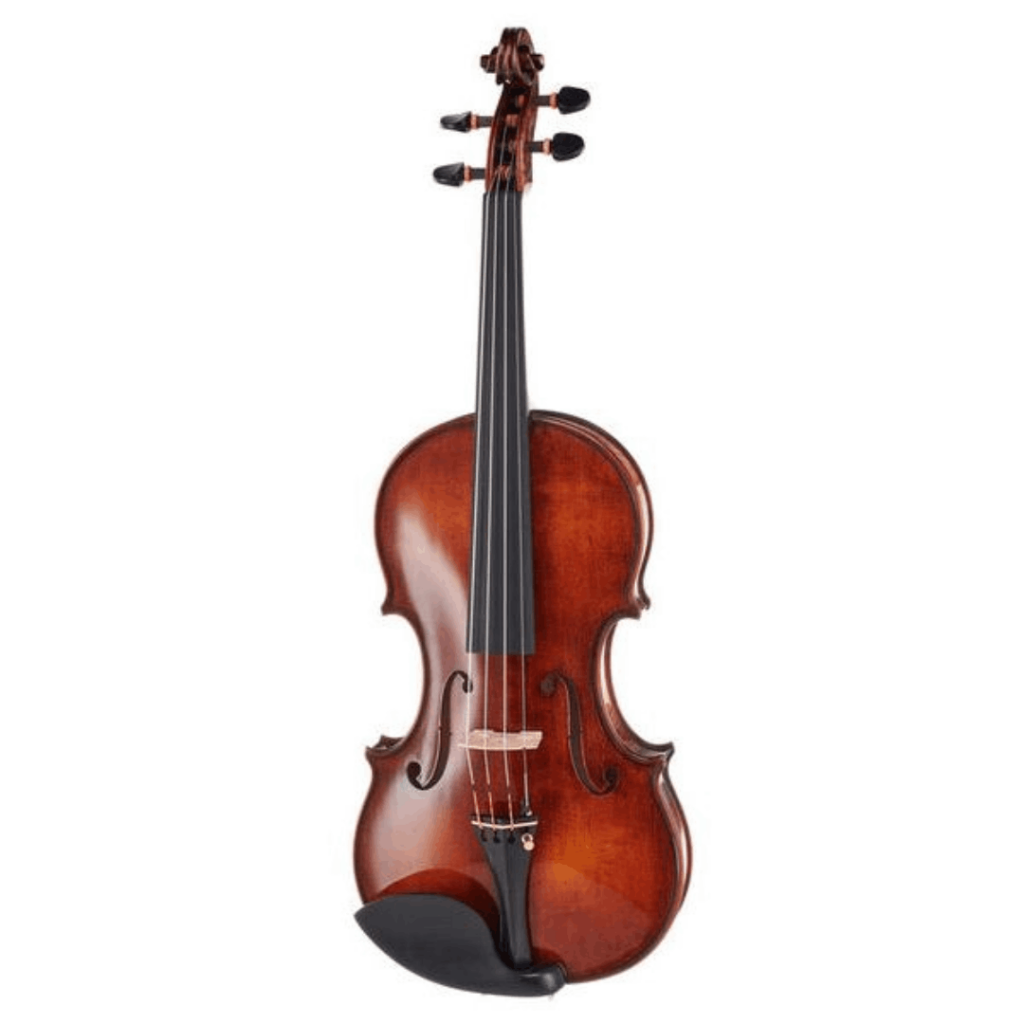
Cremona SV-130 Premier

FEATURES: Handcrafted from high-quality tonewoods
OTHER INFO: Solid spruce top and maple back and sides
- All-in-one outfit with violin, rest, bow, rosin, and case
- Quality strings for a starter instrument
- Ebony fretboard
- May require adjustments
When you click ‘Check Price’, you’ll see there are loads of great places to buy this item. Our personal favorite is Sweetwater for the US, and Thomann and Gear4Music for the UK & Europe.
They are the largest music retailers, with excellent customer service, competitive prices, really fast shipping, and the longest guarantees.
The professional musician who wrote this article combined many things,
from the product build, manufacturer’s reputation through to feedback
from other users, to create our famous TedScore™.
Piano
The piano is a popular instrument but is also one of the hardest to play.
It requires a great deal of finger dexterity and an understanding of music theory and notation. It’s also a very physical instrument and can be hard on the hands and wrists.
If you’re interested in playing the piano, starting with a good teacher who can help you develop good technique is important.

Roland FP-30X Digital Piano

FEATURES:Max. Polyphony: 256
OTHER INFO: Speakers: 12 x 2 cm
- Advanced sound engine delivers dynamic and responsive piano sound
- Versatile connectivity options including Bluetooth MIDI and Audio
- Compact and lightweight design, ideal for both home and stage use
- PHA-4 keyboard offers a realistic piano touch.
- Powerful onboard speakers with dedicated modes for optimal sound quality
- Only basic ambience and brilliance adjustments available.
- Advanced features need the Piano Every Day app.
When you click ‘Check Price’, you’ll see there are loads of great places to buy this item. Our personal favorite is Sweetwater for the US, and Thomann and Gear4Music for the UK & Europe.
They are the largest music retailers, with excellent customer service, competitive prices, really fast shipping, and the longest guarantees.
The professional musician who wrote this article combined many things,
from the product build, manufacturer’s reputation through to feedback
from other users, to create our famous TedScore™.
Accordion
The accordion is a challenging instrument to play, especially when mastering the chromatic button accordion.
It requires a great deal of finger dexterity and an understanding of music theory and notation. It also requires a good ear for pitch and an ability to play in time with other instruments.
If you’re interested in playing the accordion, be prepared to put in much time and effort.

Accordion by Gear4music, 24 Bass

FEATURES: 24 Bass configuration provides a wide range of tonal possibilities
OTHER INFO: comes complete with a comfortable shoulder strap
- Compact size suitable for both young learners and traveling musicians
- Versatile tonal range enables exploration across diverse musical styles
- Quality craftsmanship ensures durability and reliability for long-term use
- Limited bass buttons compared to larger accordion models
When you click ‘Check Price’, you’ll see there are loads of great places to buy this item. Our personal favorite is Sweetwater for the US, and Thomann and Gear4Music for the UK & Europe.
They are the largest music retailers, with excellent customer service, competitive prices, really fast shipping, and the longest guarantees.
The professional musician who wrote this article combined many things,
from the product build, manufacturer’s reputation through to feedback
from other users, to create our famous TedScore™.
Harp
The harp is a magical instrument that can transport you to another world, but it’s also one of the most challenging to master.
The harp demands high skill and dedication due to its complex fingerings and intricate music theory.
You’ll also need a keen ear for pitch and rhythm and the ability to play in harmony with other instruments.

19 String Harp with Levers by Gear4music
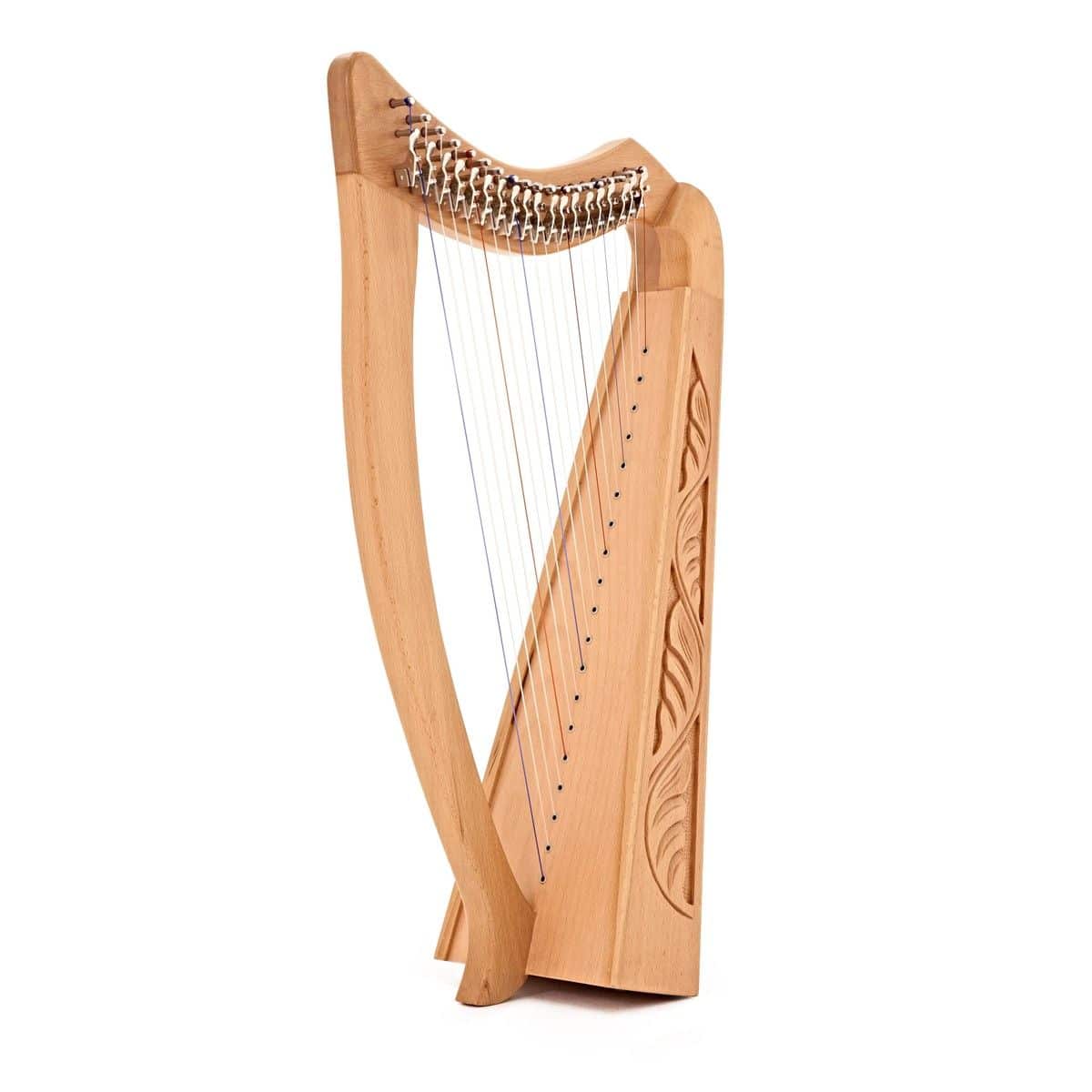
FEATURES: 19 strings for a wide range of musical possibilities
OTHER INFO: Lightweight and easily portable
- Well-crafted and visually appealing design
- Versatile instrument suitable for both beginners and experienced harpists
- Affordable option compared to larger harps
- Compact size makes it suitable for smaller spaces or travel purposes
- 19 and 22 strings are quite limiting when choosing music
When you click ‘Check Price’, you’ll see there are loads of great places to buy this item. Our personal favorite is Sweetwater for the US, and Thomann and Gear4Music for the UK & Europe.
They are the largest music retailers, with excellent customer service, competitive prices, really fast shipping, and the longest guarantees.
The professional musician who wrote this article combined many things,
from the product build, manufacturer’s reputation through to feedback
from other users, to create our famous TedScore™.
Oboe
Playing the oboe is considered one of the most challenging tasks for a musician due to the instrument’s unique design and complex techniques.
The oboe requires high skill and precision to produce a clear, focused sound. It also demands an exceptional ear for intonation and a strong sense of rhythm.
The oboe’s reed, made of delicate cane, must be carefully crafted and maintained to produce the desired tone, making it a time-consuming and demanding instrument to play.

Yamaha YOB431B Intermediate Oboe

DESIGNED FOR: Intermediate
FEATURES: Aged and seasoned grenadilla wood body for a professional sound
OTHER INFO: ABS resin body enhances durability
Yamaha YOB431B Intermediate Oboe
- Comes with 400 Series Case
- Makes learning fun and easy
- Expensive
When you click ‘Check Price’, you’ll see there are loads of great places to buy this item. Our personal favorite is Sweetwater for the US, and Thomann and Gear4Music for the UK & Europe.
They are the largest music retailers, with excellent customer service, competitive prices, really fast shipping, and the longest guarantees.
The professional musician who wrote this article combined many things,
from the product build, manufacturer’s reputation through to feedback
from other users, to create our famous TedScore™.
Bassoon
The bassoon is regarded as one of the most challenging instruments due to its complex fingering and embouchure techniques.
High breath control and air support are required to produce a rich, resonant sound. The bassoon’s large size and weight can be challenging for younger or smaller musicians.
The instrument’s delicate cane reeds must be carefully adjusted and maintained to produce the desired tone, making it a time-consuming and demanding instrument to play.

Schreiber S10 Bassoon

DESIGNED FOR: ensemble players
FEATURES: Made with maple body for warm, bright tones
OTHER INFO: With four rollers for a comfortable key transition
- Has an expertly filed sound hole for accurate intonation
- Provides dynamic playability
- Has a natural finish for a stunning look
- Only has one crook instead of two, which may limit the range of playing options
When you click ‘Check Price’, you’ll see there are loads of great places to buy this item. Our personal favorite is Sweetwater for the US, and Thomann and Gear4Music for the UK & Europe.
They are the largest music retailers, with excellent customer service, competitive prices, really fast shipping, and the longest guarantees.
The professional musician who wrote this article combined many things,
from the product build, manufacturer’s reputation through to feedback
from other users, to create our famous TedScore™.
Trumpet
Playing the trumpet can be challenging due to its unique design and the techniques required to play it effectively.
The instrument requires high breath control and lip strength to produce a clear, focused sound.
Plus, the trumpet’s range and agility can be difficult to master, making it a demanding instrument for beginners and experienced musicians.

KING Trumpet-Standard, Silver (2055T)

FEATURES:
- Medium-large bore for
a warm and rich sound
- Silver-plated finish for a
classic look and feel
- Produces a warm and rich sound with excellent tonal quality
- Classic and elegant appearance
- Affordable price point for a high-quality trumpet
- May not have as many advanced features as some other intermediate-level trumpets
- Silver plating may require more maintenance and upkeep than other finishes
When you click ‘Check Price’, you’ll see there are loads of great places to buy this item. Our personal favorite is Sweetwater for the US, and Thomann and Gear4Music for the UK & Europe.
They are the largest music retailers, with excellent customer service, competitive prices, really fast shipping, and the longest guarantees.
The professional musician who wrote this article combined many things,
from the product build, manufacturer’s reputation through to feedback
from other users, to create our famous TedScore™.
Commitment and Dedication

Learning to play a musical instrument is a challenging and rewarding experience. However, it requires a lot of commitment and dedication.
If you want to become a master at playing an instrument, you must be willing to put in the time and effort required.
Commitment means you’re willing to stay focused on your goals and do the necessary work, even when it gets tough.
It means you’re willing to make sacrifices, such as giving up some free time to practice. It also means that you’re willing to push yourself to improve and not give up when you encounter obstacles.
Dedication means that you’re passionate about playing your instrument and willing to try to achieve your goals.
It means you’re willing to practice regularly, even when you don’t like it. It also means you’re eager to seek opportunities to improve your skills, such as taking lessons or attending workshops.
To become proficient at playing a musical instrument, you must be committed and dedicated.
Developing the skills and techniques required to play at a high level takes time and effort. However, you can achieve your goals and become a skilled musician with perseverance and a positive attitude.
What Is The Hardest Instrument To Play?
A Recap
Many instruments are considered difficult to master. Each instrument presents unique challenges, from the technical precision required for the violin to the physical endurance needed for the pipe organ.
It’s important to remember that while some instruments may be more challenging to play than others, every instrument requires dedication, practice, and patience to become proficient.
With enough time and effort, anyone can learn to play an instrument, regardless of its difficulty level.
So, if you’re inspired to take on the challenge of learning a new instrument, we encourage you to go for it!
Whether you choose the French horn or the accordion, the rewards of mastering a musical instrument are well worth the effort.
We hope this article provided insight into the world of music and the challenges of learning to play an instrument.
Keep practising, stay dedicated, and who knows? Maybe one day, you’ll be a master of one of the hardest instruments to play!
Before you go…
Not sure what instrument to play? Read our guide on Figuring Out Which Musical Instrument Is Right For You…
FAQ's
It’s difficult to say which instrument is the most difficult to play, as it largely depends on the musician’s skill level and experience.
However, instruments such as the violin, piano, and oboe are often considered among the most challenging to master due to their complex techniques and high precision required.
The easiest instrument largely depends on the individual’s interest and natural abilities.
However, some instruments often considered relatively easy for beginners include the ukulele, harmonica, and hand percussion instruments like the tambourine or maracas.
The flute is not necessarily the hardest instrument to play, but it can be challenging due to its unique technique and the need for precise breath control.
Like any instrument, the difficulty level depends on the musician’s skill level and experience.
Comparing the difficulty of the violin and the flute is subjective and largely depends on the musician’s skill level and experience.
Both instruments require a high level of precision and technique, but the violin may be considered more challenging due to its complex fingering and bowing techniques.










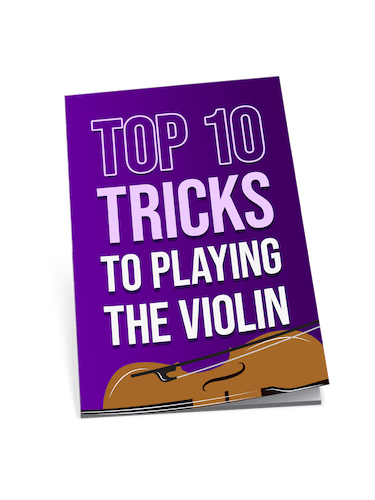
While this list of hardest instruments to play is interesting, I can’t help but wonder about the objectivity. Surely, difficulty is subjective? For some, mental challenges are harder, while for others, physical coordination poses a bigger issue. Then there’s the question of natural talent and prior musical experience. It’d be more useful to discuss how to overcome these challenges rather than just listing them, don’t you think?
Interesting points on the hardest instruments to play. While I agree with many on your list, Kate , I’m surprised clarinet isn’t mentioned. The clarinet’s range and versatility, combined with the intricacies of reed adjustment and embouchure control, present unique challenges. Perhaps it’s overshadowed by the oboe and bassoon in terms of difficulty, but mastering the clarinet requires a deep understanding of its mechanics and a significant commitment to practice. Would love to hear your thoughts on this.
I’ve been trying to get a hang of the French horn for months now, and this article hit home. The part about coordination and timing being a challenge is so true. It’s not just the notes but how you play them that matters. Anyone else finding the French horn as tricky as I do?
Absolutely, Dave. The French horn demands a lot, but keep at it! It’s rewarding when you get it right. Have you tried any specific exercises for your embouchure?
Seeing violin on the list of hardest instruments to play makes me feel like a rockstar, haha. But seriously, it’s a tough journey full of screechy sounds before it gets better. Worth it though!
Drums for the win! But yeah, every start is hard.
Totally get that feeling! It’s the same with piano. Those early days are rough but it’s all about the progress.
hey, got a quick q about the ‘Breathing and Embouchure’ part. how do you think tech can help make learning this easier? anyone tried those new apps they got for that?
Fascinating article on the technical challenges of playing different musical instruments. As someone deeply rooted in the tech world, it’s incredible to see how much discipline and dedication go into mastering an instrument. It parallels the dedication needed in learning new programming languages, albeit with a more artistic flourish. The sections on fingering and positioning, and coordination and timing really highlight the precision required, much like coding.
Super intrigued by the section on violins in the article, Kate Telfer! Always thought it was just me struggling with the coordination aspect, good to know it’s a common challenge.
Hi Kate Telfer, I’ve always been fascinated by the variety of instruments out there, especially after trying my hand at the flute. Your section on woodwind instruments caught my eye. I’m curious about the transition from flute to more challenging woodwinds. Would picking up the oboe or bassoon offer a smooth transition in terms of technique, or is it like starting from scratch? Also, how does finger dexterity play into mastering these instruments compared to the flute?